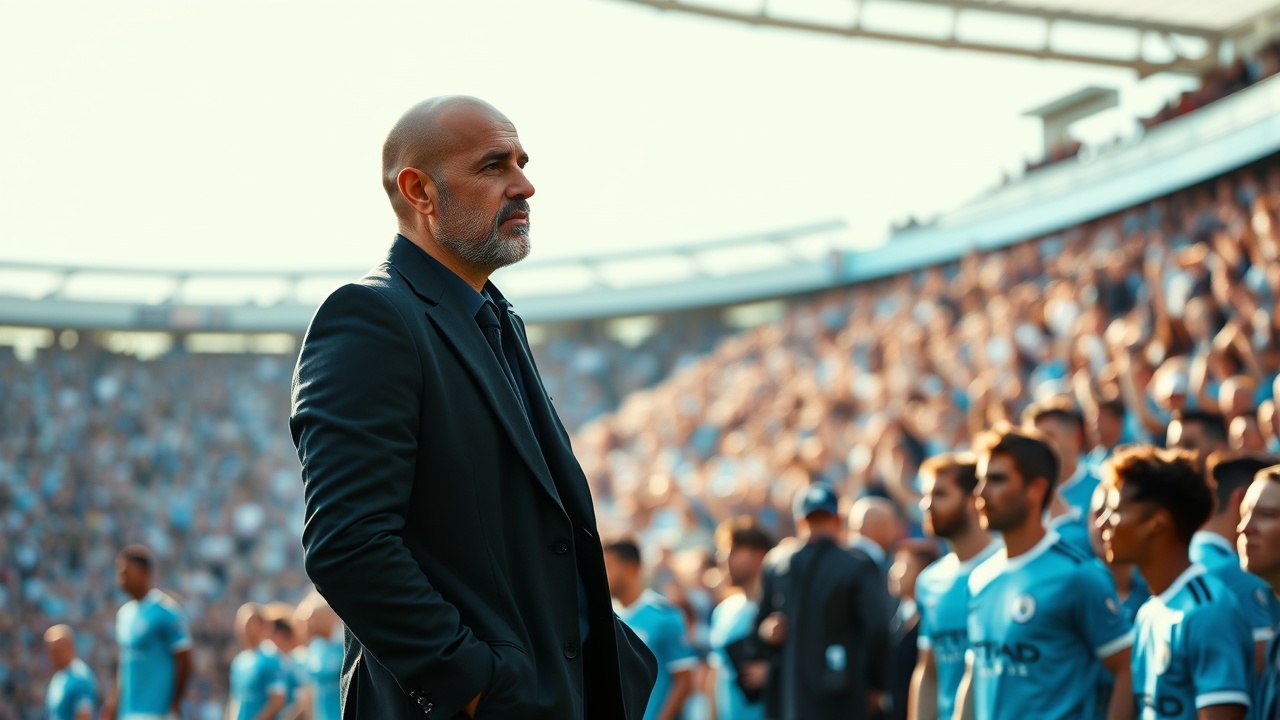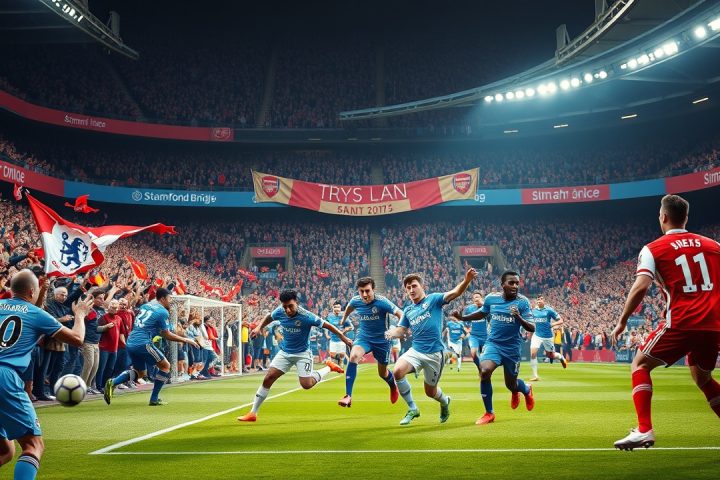Manchester City’s Summer Overhaul
As summer 2017 approached, Manchester City found themselves at a crossroads, concluding Pep Guardiola‘s inaugural season in the Premier League. The club began a significant overhaul of its squad, releasing players who did not align with Guardiola’s tactical philosophy. Notable departures included Wilfried Bony, Kelechi Iheanacho, and Samir Nasri, while veterans like Pablo Zabaleta and Joe Hart—who was loaned out—were also let go. In the midst of this transition, only Yaya Toure‘s contract was extended, highlighting the scale of the necessary changes ahead.
Data-Driven Transfer Strategy
This restructuring presented a formidable challenge: how to efficiently rebuild the squad. Fortunately, the analytics team at City Football Group had already been devising a plan. They analyzed data from over 100,000 athletes to understand the typical career trajectories across different positions. This allowed the club to formulate an optimal age distribution among players, ensuring a blend of youth and experience—crucial for sustained success.
Mikel Arteta, who served as Guardiola’s assistant at the time, became a key advocate for this data-driven approach, helping influence City’s transfer strategies. This collaboration marked the beginning of a successful era, manifesting in remarkable achievements, including a historic treble in the 2022-23 season and a record 100-point finish in 2017-18.
Focus on Youth and Versatility
The summer 2017 overhaul brought in new talent—players like Ederson, Kyle Walker, and Bernardo Silva—who not only enhanced the squad’s quality but also reduced the average age from 26.5 to 25 years. This focus on acquiring versatile, hybrid players positioned City to dominate English football over the subsequent years, allowing gradual squad refreshment rather than risking another mass exodus.
Recent Challenges and Future Ambitions
Yet, after a disappointing performance between November and March of the latest season, where City managed to finish fourth with only 71 points, the team’s leadership acknowledged a need for quicker, more decisive action during the previous transfer window. Chairman Khaldoon Al Mubarak emphasized the importance of being proactive in integrating new players, stating they should have been “more aggressive” earlier in the summer.
This January, the arrivals of Omar Marmoush, Nico Gonzalez, and other young prospects began the next phase of the squad revamp. Recent signings indicate a commitment to rejuvenating the team while maintaining a low average age—reflecting a desire for a fresh tactical identity moving forward, especially as the past season showed diminishing returns from their well-established pressing game.
Guardiola’s Legacy and Upcoming Challenges
Over Guardiola’s nine-year tenure, City has consistently maintained a core group of elite players while using their youth academy for support. After a trophyless season, the challenge is unprecedented for Guardiola, who has always built dominant teams before. His effort to reshape and redefine Manchester City post a period of competitive decline echoes some historical patterns seen in football, reminiscent of Sir Alex Ferguson’s challenges at Manchester United.
With Guardiola restructuring his backroom staff and incorporating new tactical philosophies alongside fresh faces, City is gearing up for the upcoming Club World Cup, a competition that holds significant financial promise and a critical opportunity to bounce back. Winning all seven matches can lead to a financial boon of about £97 million, and success could reinvigorate the club after a disappointing trophyless campaign.
Guardiola finds himself in an uncharacteristic position—he must now guide City back to glory amid fierce competition in one of the tightest Premier League races yet. Re-establishing their former dominance would not only demonstrate his adaptability but would also cement his legacy at the club as one of resurgence.




